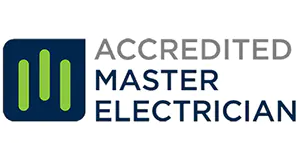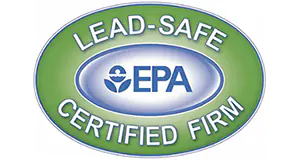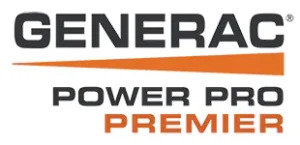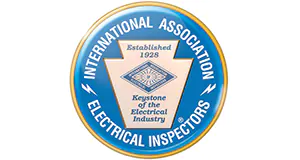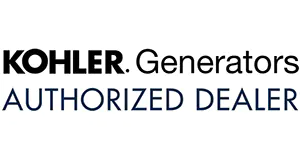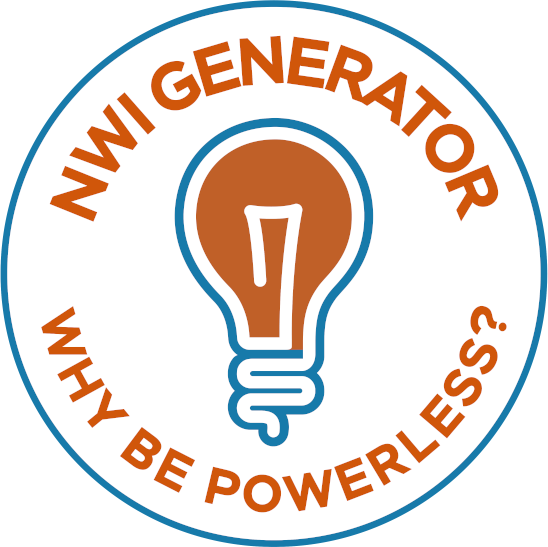FAQs
Modern generator designs are sleek and don’t disrupt the aesthetics of your home, regardless of where they are placed. The most important factor is that the generator should be in a place accessible for maintenance. NWI Generator also has unique concrete pads that we use for installation to allow the generator to rest on level ground. There are also a few rules about home generator locations. The generator must be:
- 5 feet from windows or doors
- 18 inches from any walls
- On the ground (cannot be on a deck)
With a whole home generator, everything in your home will operate as if the power never went out. Everything in your home will be powered as normal using the generator instead of your typical utilities. With a partial home generator, only select circuits are powered. This may include certain appliances (such as a refrigerator or sump pump), outlets, lights, etc. Partial home generators also work well for essential powered items, including water supply, life support necessities, and elevators.
In short, whole home generators power the ENTIRE house, whereas partial home generators power only what is selected.
We keep our generator installation process simple and transparent. The process is below.
Contact us to schedule a consultation.
- Consultation: We will come to your residence and discuss your needs. We will also assess and measure to determine the best installation location and process for you.
- Scheduling: Once we have your signed contract and your generator in stock, we will reach out to you promptly to schedule the soonest installation date.
- Permitting: Rest easy knowing that we will take care of getting all the permits necessary from your town of residence!
- Install: Our team is specialized in generator installation (it’s all we do!). This means we are trained and experienced to install your generator in one day in most cases! NWI Generator also takes pride in our quality installation. We want your generator to look beautiful and operate at top quality, so we make sure every installation is of the highest standard. The installation will also be completed with cleanup of the site and testing of the generator.
- Walk-Through: As soon as your installation is complete, our professional team will explain everything you need to know about the operation and maintenance of your home generator while making sure to answer every question you have.
- Regular Maintenance: Our team is trained and experienced in the upkeep and repair of home generators. We will send you a reminder for your annual maintenance, though you are not obligated to have this performed yearly from our company. If you have a problem or are approaching the annual maintenance time for your home generator, contact NWI Generator to answer any questions or provide any services you need!
With partial home generators, most homes do not need to upgrade their gas meter. With whole home generators, around half of homes do require an upgrade. To determine if you will need an upgraded gas meter, contact your utility company:
- NIPSCO: 844-809-8921
- NICOR: 708-300-3788
- Michigan Gas Utilities: 800-401-6402
- Semco: 800-624-2019
Finding the tonnage of your AC unit is often as simple as walking outside and reading the label on the condenser unit. Most of the time, manufacturers don’t list tons, though; they list BTUs instead. Simply divide the BTUs by 12,000 to calculate the tonnage of your unit. For example, if your air conditioner is 36,000 BTUs, you have a 3 ton unit. Most manufacturers bury tonnage or BTU information in their model numbers. Look for an even, two-digit number between 18 and 60. Or, you might see a three-digit number starting with 0. If you find one of those numbers, chances are good it’s the unit’s BTUs:
- 018 = 18,000 BTUs = 1.5 tons
- 024 = 24,000 BTUs = 2 tons
- 030 = 30,000 BTUs = 2.5 tons
- 036 = 36,000 BTUs = 3.0 tons
- 042 = 42,000 BTUs = 3.5 tons
- 048 = 48,000 BTUs = 4.0 tons
- and so on
If you can’t find the BTUs on your condenser, you can get a very rough estimate by square feet cooled. In Northwest Indiana, there are usually about 800 square feet per ton of AC capacity. So if you have a 2400 square foot home, chances are you have a 3-ton AC unit. In larger homes with multiple condenser units, apply the square footage covered by each condenser to estimate in the same way. Divide your square feet by 800 to find the AC tonnage.
- 1600 square feet = 2.0 tons
- 2000 square feet = 2.5 tons
- 2400 square feet = 3.0 tons
- 3000 square feet = 3.5 tons
- 3600 square feet = 4.0 tons (may be 2 separate condensers)
- 4200 square feet = 4.5 tons (usually 2 separate condensers)
- 4800 square feet = 5.0 tons (usually 2 separate condensers)
- 5400 square feet = 5.5 tons (usually 2 separate condensers)
Barb Wondaal
Shawn
John Nicholson
Phyllis Surprenant
Lyn Fillmore
Tony LaMantia
Russell Landrum
Neil Stout
Beata Eagan
Jim Marseille
Elizabeth Sullivan
Kimberly Ramsey
Charlene Raelson
Jennifer Labas
Charles Miller
Karen Brougham
Monthly payment plans as low as $75 a month!
Schedule a Consultation
"*" indicates required fields
